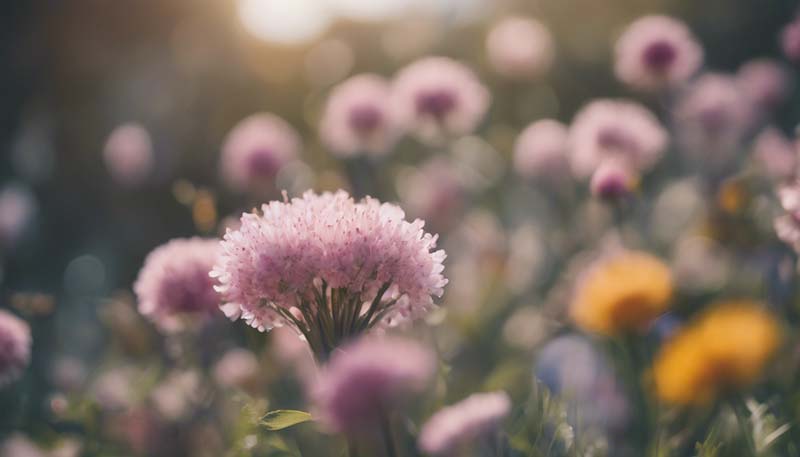Seasonal Flower Allergies: How to Enjoy Blooms Safely
Arrangements | 2024-04-23
Spring is in the air, and with it comes the beautiful sight of blooming flowers. However, for some people, this season can also bring about sneezing, itching, and watery eyes due to seasonal flower allergies. But don\'t let this stop you from enjoying the beauty of nature. In this article, we will explore how you can safely enjoy the blooms and minimize the symptoms of seasonal flower allergies.
Understanding Seasonal Flower Allergies
Seasonal flower allergies, also known as hay fever or allergic rhinitis, are caused by the body\'s immune system reacting to pollen from flowers. Pollen is a fine powder that is released by flowers to fertilize other flowers. When this pollen comes into contact with the mucous membranes in the nose, eyes, or throat, it can trigger an allergic reaction.
Symptoms of seasonal flower allergies can range from mild to severe and include:
1. Sneezing
2. Itching in the nose, eyes, or throat
3. Runny or stuffy nose
4. Watery or itchy eyes
5. Postnasal drip
6. Coughing
7. Fatigue
8. Headaches
It\'s important to note that not all flowers produce pollen that causes allergies. In fact, it\'s usually the non-ornamental weeds and grasses that are the culprits. However, some people may still react to pollen from certain flowers, so it\'s essential to identify your specific triggers.
Advertisement
Identifying Your Allergy Triggers
The first step in managing seasonal flower allergies is to identify your specific triggers. This can be done through an allergy test conducted by a healthcare professional. During the test, you will be exposed to small amounts of different allergens to determine which ones cause a reaction.
Once you know your triggers, you can take steps to avoid them and minimize your symptoms. Here are some tips to help you enjoy the blooms safely:
1. Monitor Pollen Counts: Keep track of pollen counts in your area by checking local weather reports or online resources. Try to stay indoors on days when pollen counts are high.
2. Stay Indoors During Peak Pollen Times: Pollen levels are usually highest in the morning and early evening. Try to stay indoors during these times and keep windows closed.
3. Shower After Being Outside: Pollen can cling to your hair and clothes, so take a shower after spending time outdoors to wash away any pollen.
4. Wear Protective Clothing: When working or playing outside, wear sunglasses, a hat, and a mask to protect yourself from pollen.
5. Remove Pollen from Pets: If you have pets, they can also bring pollen into your home on their fur. Make sure to wipe their paws and groom them regularly to remove any pollen.
6. Keep Your Home Clean: Regularly clean your home to remove any pollen that may have entered. Use air purifiers with HEPA filters to reduce indoor pollen levels.
7. Choose Allergy-Friendly Plants: If you have a garden, choose plants that are less likely to cause allergies. Some examples include snapdragons, roses, and lavender.
8. Use Medications as Needed: Over-the-counter antihistamines, decongestants, and nasal sprays can help relieve allergy symptoms. If your symptoms are severe, consult your healthcare provider for prescription medications.
9. Consider Immunotherapy: For those with severe allergies, immunotherapy (allergy shots or tablets) may be an option. This treatment involves exposing your body to small amounts of the allergen over time to build up a tolerance.
10. Practice Stress Management: Stress can exacerbate allergy symptoms, so make sure to incorporate stress management techniques into your daily routine. This can include yoga, meditation, or deep breathing exercises.
Conclusion
Seasonal flower allergies can be a nuisance, but they don\'t have to ruin your enjoyment of the beautiful blooms. By understanding your triggers and taking steps to minimize your exposure to pollen, you can safely enjoy the sights and smells of spring. Remember to consult with a healthcare professional for personalized advice and treatment options.

Comments